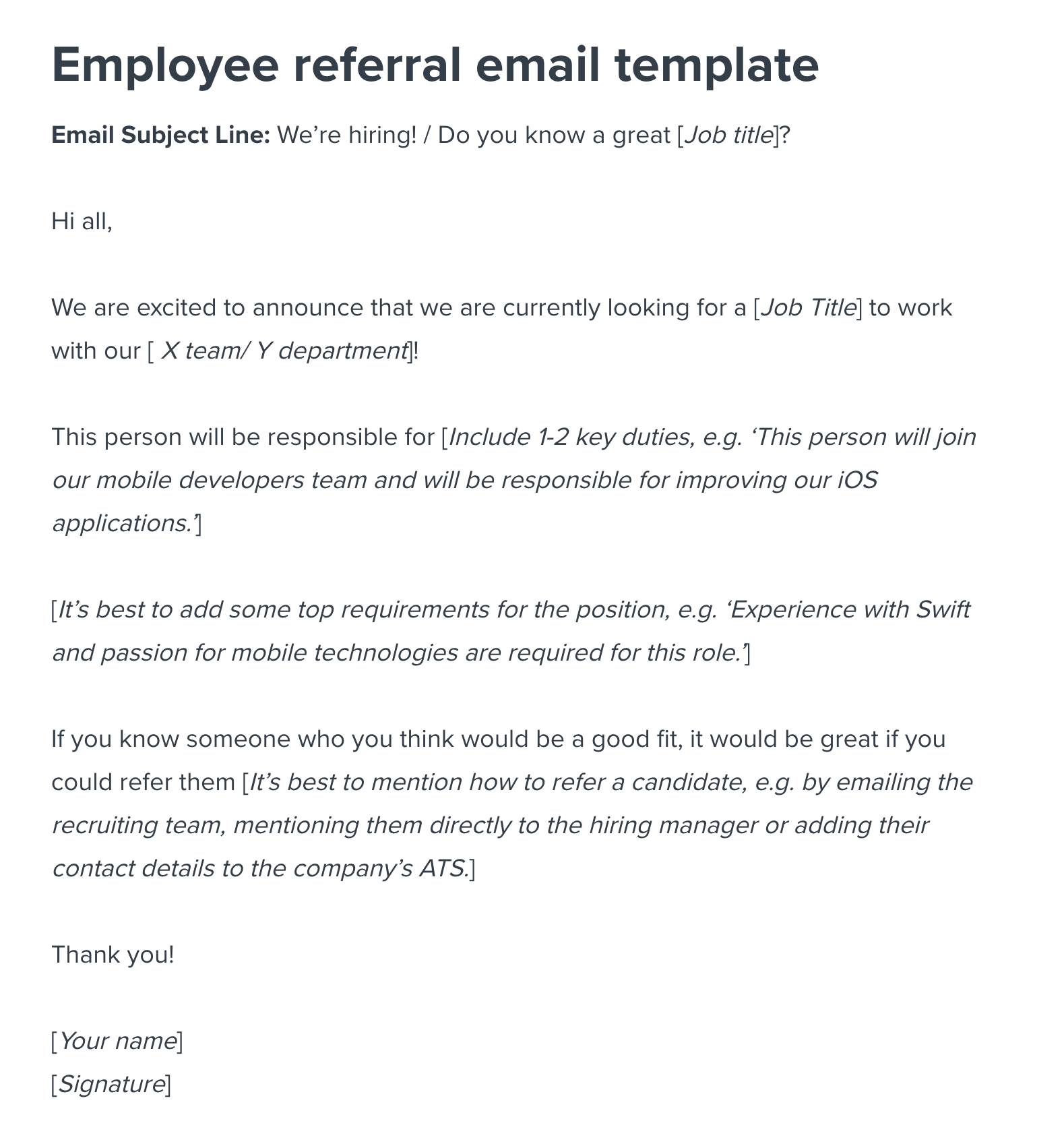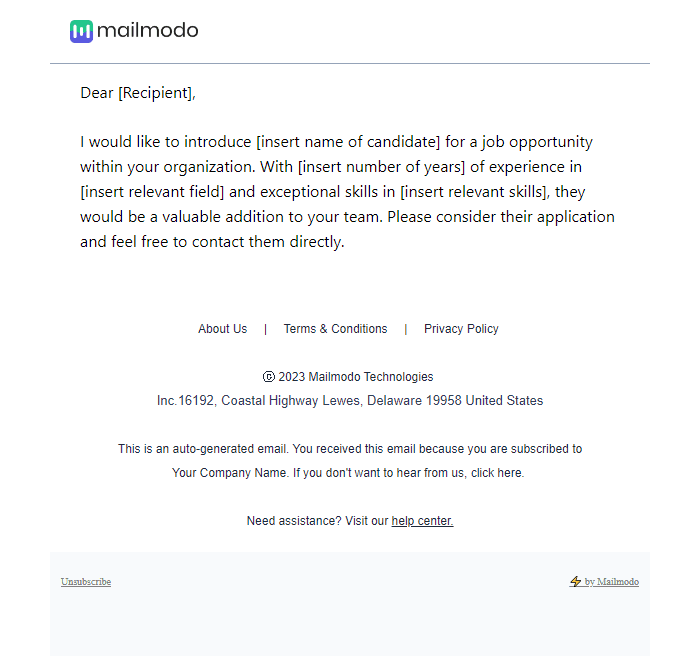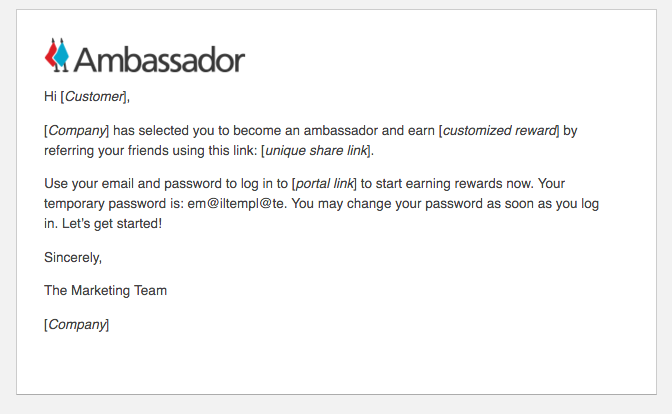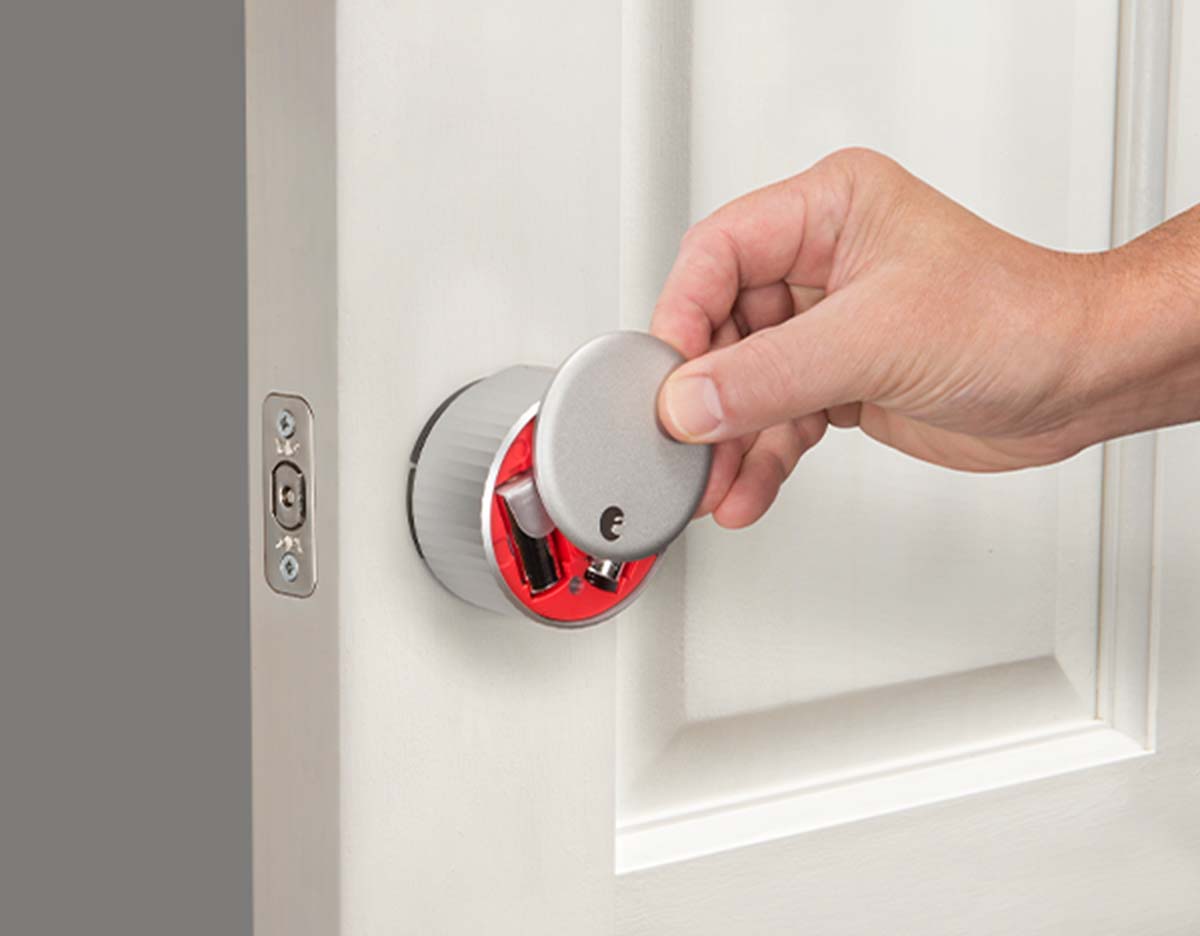
Referral Email Template: Boost Your Network with Proven Tips
In today’s competitive business world, referrals are crucial. They help you reach new customers through the trusted recommendations of current ones.
A well-crafted referral email can significantly boost your chances of getting those valuable referrals. Creating the perfect referral email template involves understanding your audience and crafting messages that resonate. With tools like Sender, you can streamline this process, combining email and SMS marketing for effective campaigns. Sender offers automation, segmentation, and seamless integration with popular platforms. This makes managing your referral requests and campaigns easier than ever. Ready to enhance your referral strategy? Check out Sender on AppSumo for a lifetime deal that can elevate your marketing efforts.
Introduction To Referral Email Templates
Networking is key to success. It opens doors to new opportunities. Connecting with others helps in personal and professional growth. A strong network provides support and guidance. It can lead to collaborations and partnerships. Networking fosters a sense of community.
Referral emails are a powerful tool. They help you connect with new people. A well-written referral email can grow your network. It introduces you to potential clients or partners. Referral emails build trust and credibility. They make networking easier and more efficient.
Key Features Of An Effective Referral Email Template
A strong subject line grabs attention. It should be clear and concise. Mention the referral to spark interest.
Use the recipient’s name. Refer to their recent activity or interest. This makes your email feel more personal and engaging.
Start with a friendly greeting. Introduce yourself briefly. Explain why you are reaching out. This sets the stage for the rest of the email.
Be clear about why you are emailing. Mention the referral and the benefits. This helps the recipient understand the purpose quickly.
Highlight the benefits they will receive. Explain how the referral can help them. This adds value to your email.
End with a clear action step. Ask them to sign up, visit a link, or reply. Make it easy for them to respond.
Maintain a balance between professional and friendly. Use simple and polite language. This makes your email approachable.
Tips For Writing A Successful Referral Email
Know who you are writing to. Tailor your message to fit their needs. This makes them more likely to respond.
Keep your email short and clear. Avoid long sentences. Make your point quickly. This keeps the reader’s attention.
Use polite and professional language. Avoid slang or casual terms. This shows respect and builds trust.
Send a follow-up email if no response. Be polite and patient. Remind them about the initial email. This increases your chances of getting a reply.
Common Mistakes To Avoid
Avoid sending generic messages. Personalization is key. Use the recipient’s name. Mention specific details relevant to them. Generic messages feel impersonal. They may end up ignored.
Keep emails concise. Too much information overwhelms. Focus on the main points. Include a clear call to action. Less is more in effective communication.
Maintain a professional tone. Avoid begging for referrals. Desperation can be off-putting. Present the request confidently. Respect the recipient’s time and decision.
Examples Of High-impact Referral Email Templates
Hi [Name],
I hope you are well. I wanted to introduce you to [Person]. They are an expert in [Field]. I believe you both could benefit from connecting. Here is [Person]’s LinkedIn profile: [Link]. Let me know if you need an introduction. Best, [Your Name]
Hi [Hiring Manager],
I hope this email finds you well. I am writing to refer [Candidate Name] for the [Job Title] position. [Candidate Name] is skilled in [Skill] and has experience with [Relevant Experience]. I believe they would be a great fit for your team. Please find their resume attached. Thank you for considering [Candidate Name]. Best, [Your Name]
Hi [Client Name],
I hope you are doing well. I wanted to introduce you to [Service Provider]. They offer excellent services in [Service Area]. Here is their website: [Link]. I think they can help you with [Specific Need]. Let me know if you need more details. Best, [Your Name]

Credit: textcortex.com
Pros And Cons Of Using Referral Email Templates
Referral email templates offer a quick, consistent way to send messages. They may lack personalization, reducing effectiveness.
Advantages Of Using Templates
Referral email templates save time. They provide a consistent format. This helps in maintaining brand consistency. Templates are easy to use. No need to create emails from scratch. They ensure professional-quality emails. This improves the recipient’s perception of your business. Templates can be customized. Tailor them to fit your needs.
Potential Drawbacks And How To Mitigate Them
Templates may feel impersonal. Add a personal touch to each email. Customizing the template helps. Some templates might not fit your brand. Choose a template that matches your style. Overusing templates can make emails predictable. Rotate different templates for variety. Ensure templates are updated regularly. This keeps them fresh and relevant.
Recommendations For Ideal Scenarios And Users
Referral email templates work best for businesses seeking to engage new clients through trusted recommendations. Ideal users include sales teams and customer service representatives aiming to expand their network efficiently.
Who Should Use Referral Email Templates?
Referral email templates are great for businesses and individuals. Small business owners can use them to grow their client base. Freelancers can get new projects through referrals. Marketers can boost their campaigns with referral emails. Non-profits can find new supporters using these templates. Anyone wanting to expand their network benefits from referral emails.
Best Situations To Send Referral Emails
Send referral emails after a successful project. Send them when clients are satisfied with your service. Use them to ask for referrals during special promotions. Send them when you launch a new product or service. Referral emails work well during customer feedback surveys. Use them to re-engage inactive clients. Send referral emails after positive customer reviews. These situations help generate high-quality referrals.

Credit: www.mailmodo.com

Credit: www.getambassador.com
Frequently Asked Questions
What Is A Referral Email Template?
A referral email template is a pre-written email used to request referrals. It simplifies asking for recommendations from clients or colleagues.
How Do You Write A Referral Email?
To write a referral email, introduce yourself, state your request, and express gratitude. Keep it concise and polite.
Why Use Referral Email Templates?
Referral email templates save time and ensure consistency. They help in crafting professional and effective referral requests.
What Should Be Included In A Referral Email?
Include a clear subject line, a brief introduction, the referral request, and a thank you note.
Conclusion
Effective referral emails can drive growth and build strong connections. With our provided template, crafting the perfect referral email becomes easy. Start leveraging this tool to boost your outreach efforts. Remember, a good referral can make a significant impact. For advanced marketing solutions, check out appsumo. Their platform combines email and SMS marketing to deliver powerful results. Enhance your marketing strategies with their user-friendly tools and exceptional support. Happy emailing!
